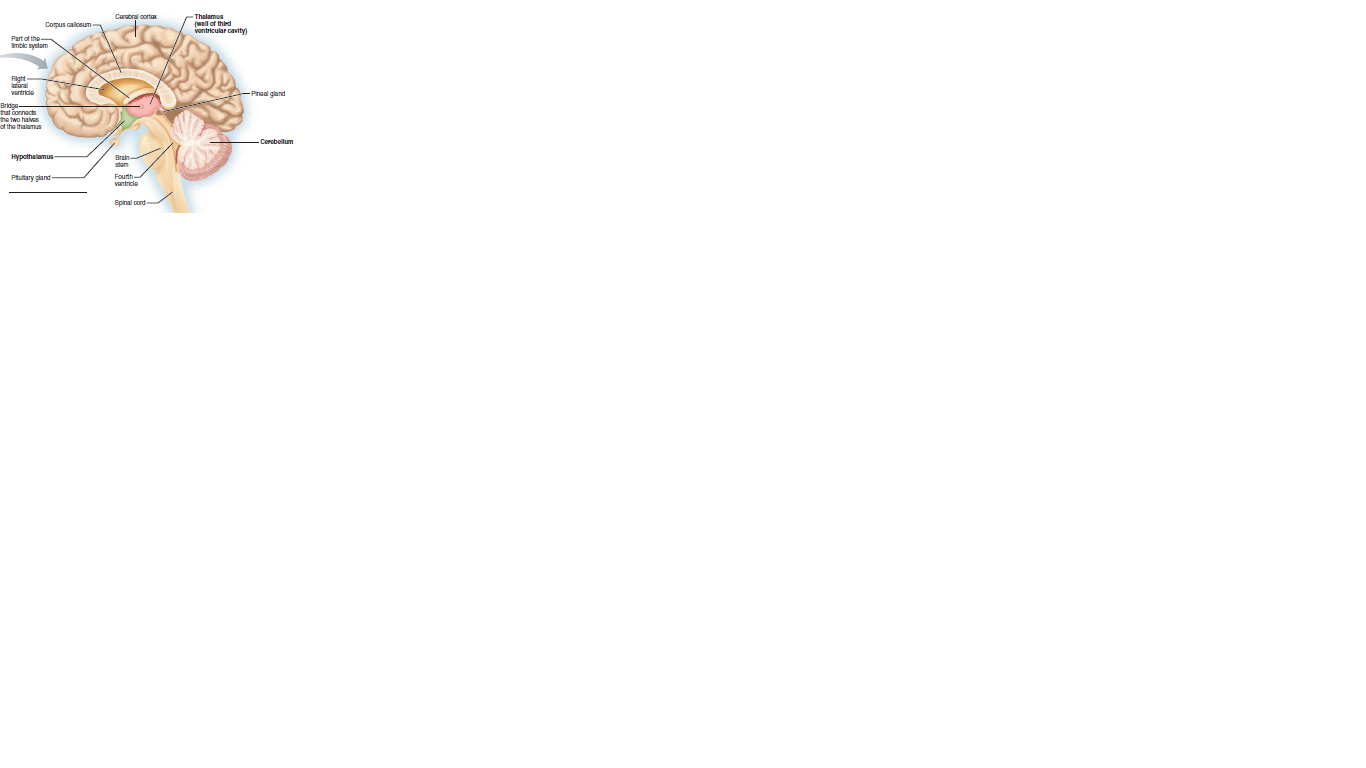
Nervous System
To interact in appropriate ways with the external environment to stay alive, such as in acquiring food, and to make the internal adjustments necessary to maintain homeostasis, the body must be informed about any changes taking place in the external and the internal environment and must be able to process this information and send messages to various muscles and glands to accomplish the desired results. The nervous system, one of the body’s two major regulatory systems, plays a central role in this lifesustaining communication. The central nervous system, which consists of the brain and spinal cord, receives information about the external and the internal environment by means of afferent peripheral nerves. After sorting, processing, and integrating this input, the CNS sends directions, by means of efferent peripheral nerves, to bring about appropriate muscular contractions and glandular secretions. With its swift electrical signaling system, the nervous system is especially important in controlling the rapid responses of the body. Many neurally controlled muscular and glandular activities are aimed toward maintaining homeostasis.
Students will be able to learn about;
General organization of the nervous system, Classification of nerve fibers, Properties of synaptic transmission, Function of neurotransmitters and neuropeptides, Type and function of sensory receptors, Function of the spinal cord and ascending tracts, Reflex action and reflexes, Muscle spindle and muscle tone, Mechanism of touch, temperature and pain., Functions of the cerebral cortex, Difference between the sensory and motor cortex and their functions, Motor pathways including pyramidal and extrapyramidal, Basal Ganglia and its functions, Cerebellum and its function, Control of posture and equilibrium, Physiology of sleep, Physiology of memory, Mechanism and control of speech, Function of the thalamus, Function of the hypothalamus and limbic system, Production of CSF, Mechanism of temperature regulation and Function of the autonomic nervous system and the physiological changes of aging.


